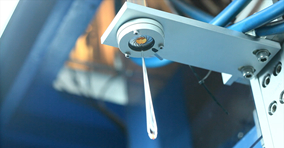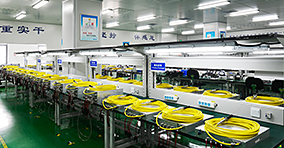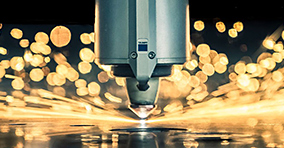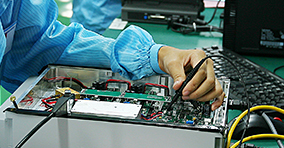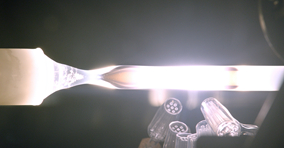Laser Welding | New Reasons to Buy a Car: Not Laser Welding
Laser welding models are indestructible. Compared with traditional resistance spot welding technology, the body structure of laser welding models is more reliable. Therefore, non-laser welding is not a new reason to buy a car.
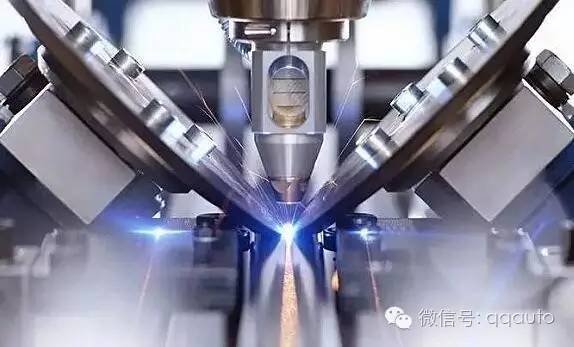
So what is laser welding? In simple terms, laser welding is a method of energy welding the weld joints using a high-energy-density laser beam as a heat source. The spot welding we know is generally resistance welding. The principle is to use the current generated by the two electrodes Pass the contact surface of the weldment and use the high temperature generated by the current to heat the contact point or surface to a molten or plastic state.
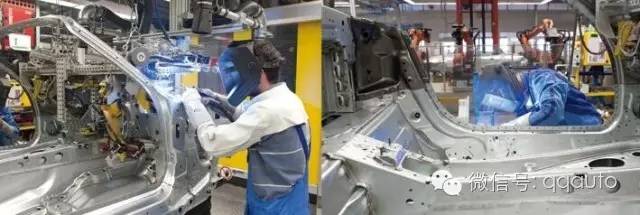
If you don’t take a closer look at the solder joints, no matter what kind of welding method is used, the appearance will basically be invisible. There have been rumors in the past that there are rubber strips at the connection between the roof and the side of the body, so that you can determine whether laser welding technology is used, but this rumor has been basically broken. Then, in the case of little difference in appearance, the focus of the debate naturally falls on the question of whether the laser welding technology is stronger than the traditional spot welding vehicle.
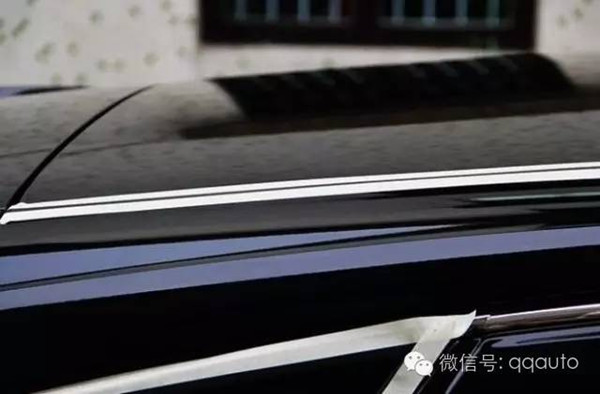
In principle, we can see that laser welding can be regarded as a welding technology with extremely uniform and dense welding points. According to the comparative analysis data of laser welding and spot welding given by a university, it can be known that the maximum shear tensile force that laser welding can withstand when the weld length is less than 16mm and the weld width is less than 1mm is less than one resistance The maximum shearing force that the spot welding head can withstand. In other words, the strength of spot welding can exceed that of spot welding only if the weld is long enough and the welding width is large enough. What does the strength of spot welding depend on? People with a bit of common sense should know that the density of solder joints within a unit length is the basic guarantee of the strength of spot welding. Therefore, in the absence of any laser welding data, it is rashly determined that its strength must be greater than resistance spot welding, which is a fairly arbitrary statement.
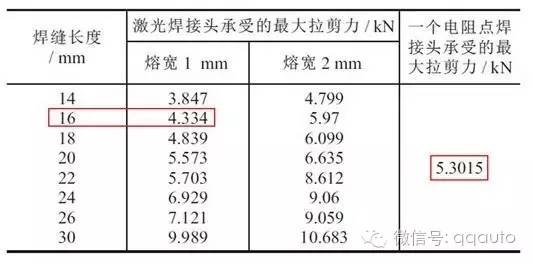
In returning to the question of which one is safer, the domestic automotive media has spent a lot of space and articles, focusing on conveying to us that whether the vehicle body is safe or not depends on the thickness of the steel plate or the welding of the steel plate joints. When we go to buy a car again, it’s best not to knock on one’s head or push one’s hand to judge the safety of the car. This approach is obviously out.
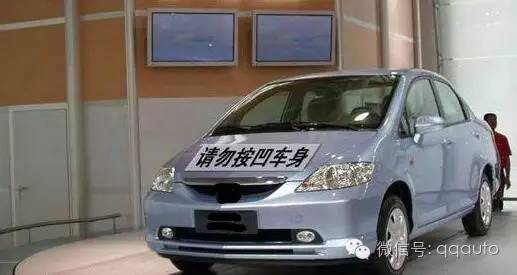
What really determines the safety of a vehicle’s passive collision is actually the structure inside the vehicle body, which can also be regarded as the body skeleton. As for the strength of the steel used in this body frame, it is probably the fundamental guarantee for the safety of the body. Therefore, to judge the passive safety of the car body through welding technology? This is also a very one-sided statement.
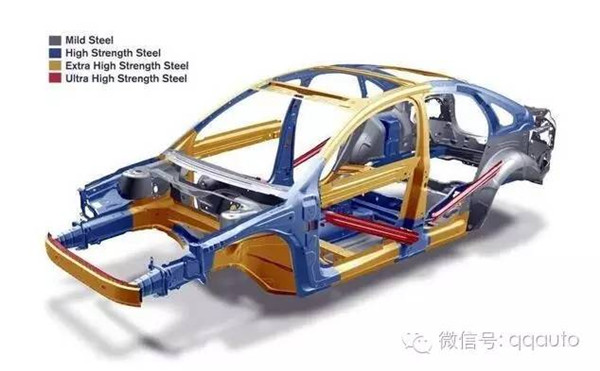
However, as long as the laser welding has a long welding seam and a large welding width, its strength advantage is undeniable. As a more advanced body welding method, it requires manufacturers to have a higher precision operation robotic arm in the welding workshop than starting welding. Or more advanced machinery and equipment can achieve a large proportion of laser welding, and 100% laser welding, in terms of current technology, is still unachievable, and spot welding has its flexibility for the time being.
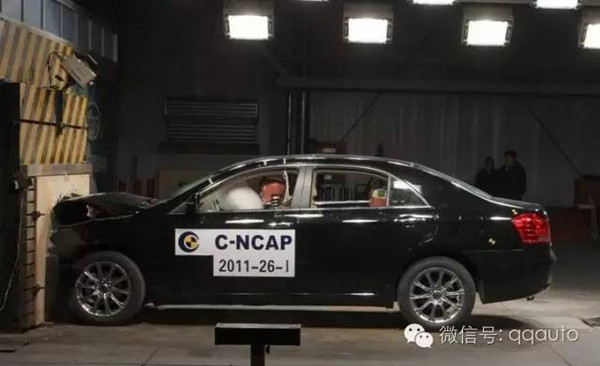
Besides, vehicle safety, rather than judging by the manufacturers ’publicity campaigns, it is better to check the actual test results of your favorite model on E-NCAP or C-NCAP.



